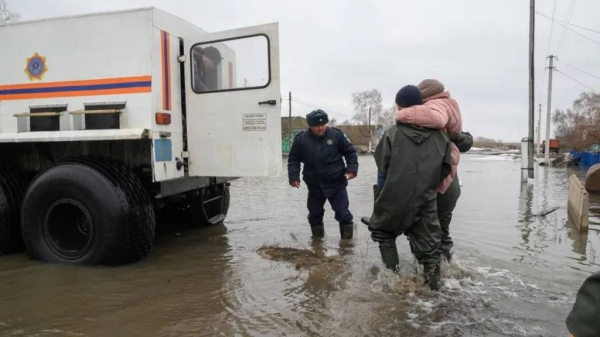
It was meant to be a straightforward school project to spark children’s curiosity about water.
But pupils at 14 schools taking part in the Great British Water Project have made a far more startling discovery – that their drinking water contains lead that is up to five times higher than the recommended maximum.
“We really didn’t expect there to be any safety issues at all so this has really taken us by surprise,” said Andrew Fox, chairman of trustees for the Don Hanson Charitable Foundation, which ran the project.
The charity distributes “Hanson boxes” containing educational materials on a different topic each year to 20,000 schools. The water project was a last-minute addition to this year’s boxes, Fox said. More than 600 schools received materials for children to test things such as the acidity of rainwater, survey local ponds and the taste of their drinking water.
“We were doing blind tasting and looking at rainwater and there was a pond survey and then we started getting these weird results,” Fox said.
Several schools reported levels of lead at 50 micrograms per litre – five times the maximum allowed. Even low levels of lead are toxic and can reduce children’s IQ and damage their nervous system.
Lead piping and lead solder have been banned from water systems for decades in the UK, and the Drinking Water Inspectorate’s latest report says last year only 40 instances of lead contamination above the maximum were discovered.
The charity conducted its own tests on samples returned by 81 schools and has confirmed that 14 samples have lead above 50 micrograms per litre, with several more showing signs of elevated levels.
The charity is now contacting the schools to alert them and filtration firm Aquaphor, which co-sponsored the project, said it would supply free water filters to affected schools.
Around 8 million properties in the UK, mostly homes built before 1970, are estimated to have some form of lead in the drinking water system. Water companies add small amounts of orthophosphate to water to reduce the risk of lead from pipes dissolving into the water, which can keep lead levels below the current maximum of 10 micrograms per litre.
A spokesperson for the Department of Environment Food and Rural Affairs said: “The UK has very high quality drinking water. While the use of lead pipes has long been banned, many older properties may have lead pipework which will inevitably lead to contamination.
“If a school becomes aware they have lead pipework or have a test which has failed for lead, they should contact their local water company who will be required to enforce the removal of the lead pipe by the owner of the building.”In some parts of the UK, water companies have removed lead piping from schools. In 2019, Thames Water replaced pipework in about 450 primary schools in London built before lead piping was banned.
But some headteachers are concerned that the cost of replacement will fall on their budgets.
Paul Whiteman, general secretary of school leaders’ union NAHT, said: “Many schools are old buildings that require a great deal of money to maintain, let alone to do major works like removing lead piping. Government does not fund schools sufficiently to ensure they are fit for purpose.
“An NAHT survey of more than 1,500 members due to be released later this month reveals that 83 per cent of school leaders do not believe that they have sufficient capital funding to maintain their existing buildings and facilities, and even more, 88 per cent, regard the capital funding they receive as insufficient to develop and improve their buildings and facilities to meet the needs of pupils.
“We believe the government should take urgent action to establish the condition of the whole school estate, including lead piping, asbestos and ventilation, and invest enough money to make sure all children are being educated in safe, healthy environments.”
This article was amended on 5 September 2021. An earlier version referred throughout to “mg” (milligrams), when micrograms was intended.












